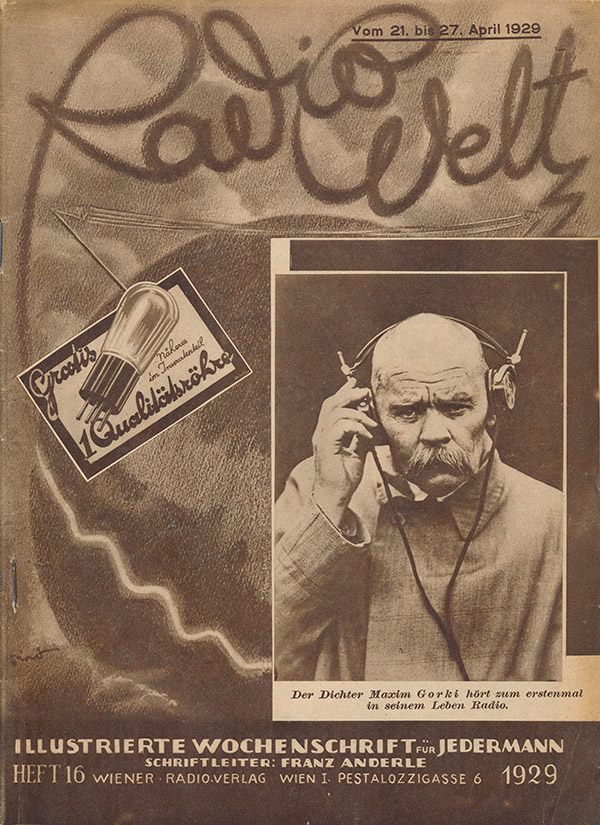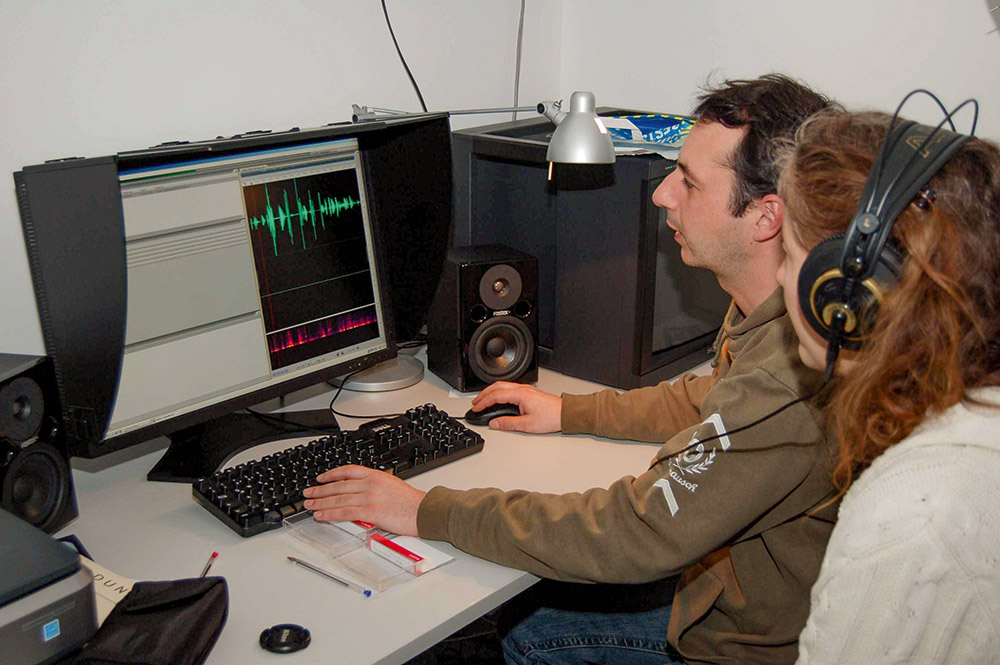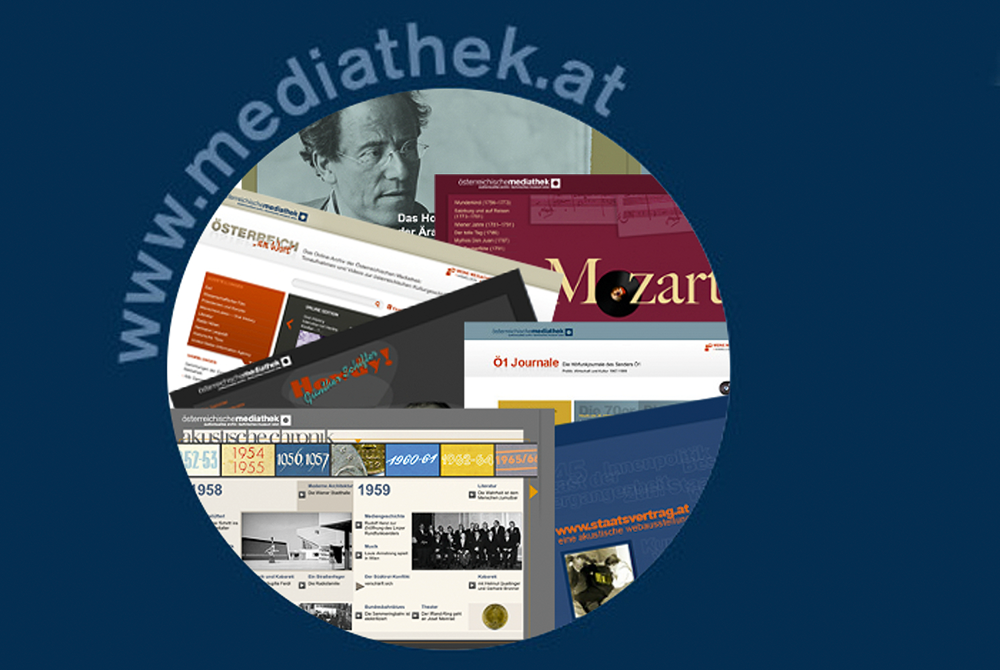Background

Since the dawn of the 20th-century, sounds and images conveyed via various media have been playing an ever-greater role in the shaping of our world and living environment. And thanks to digital storage, the diversity and magnitude of this repertoire have seen considerable growth. The character of such audio-visual media is strongly influenced by music and sounds, which hence also influence our social relationships: they play a role in the cultural memory of groups and individuals, they’re associated with emotions, and they mark special rituals and events.
Based on this fact, the project Telling Sounds—in progress since the summer of 2017—is focusing on the development of a way of presenting (music) history that is consistently based on (audio-)visual sources, in the process diverging from more traditional methods by paying attention to these sources’ specific characteristics.
Telling Music History
The significance of musicology’s direct access to an increasing body of (audio-)visual documents lies in how the focus of the process shifts to listening, which ultimately also plays into educational and artistic aspects. The embedding of music in radio programming, reports, documentaries, and films points to the historicity of observable musical phenomena beyond the great narrative of “music heroes” active in cultural centres. And the documents being used in this project are also associated with (various) music(s) in a great many diverse ways: in documents compiled from the widest possible variety of acoustic, visual, and/or audio-visual elements, these respective manifestations of music may be tied to various time periods, institutions, events, places, persons, and repertoires, the convergence of which calls into question a linear understanding of history as such. In order to also make it possible to relate such documents to each another beyond the boundaries of individual collections and types of documents, their “sedimentation”—i.e., the act of apprehending the individual elements—is accomplished by combining methods from the fields of oral history, media and film studies, musical analysis, and performance studies.

Technical Challenges
Historiographic innovation requires an approach that is creative in a technical sense, for the practice of compiling and preparing relevant documents propagated by the digital humanities and increasingly also observable in musicology must, in the latter case, deal with additional complexities that represent a special challenge in light of this particular project’s limited resources (in terms of time, finances, and also personnel). These circumstances, however, actually serve the research objectives of Telling Sounds insofar as they result in the constant, deep-reaching “inter-action” of historical and technical aspects and thus in close collaboration across the entire team. After all, preparing the audio-visual sources, cross-references, etc. embodies research activity in its own right—and this activity needs to be traceable, such as with the attributability of findings that pertain to a particular document to a specific research question. Since it is impossible to automate the mapping of eligible documents due to the disparate forms in which the individual collections are recorded, such documents are “manually” compiled and fleshed out with project-specific metadata for the case studies that drive forward the substantive work. This is done by recording the persons, places, institutions, time periods, events, and musical repertoires associated with each document in a research software package developed specifically for this purpose. Such record-making, however, requires the sedimentation of the individual documents and/or their layers of meaning and media: the above-mentioned categories may be directly involved in the document’s creation, or they may be mentioned or audible therein. In order to ascertain and render portrayable the multi-layered quality of references and reversible relations in the ever-growing task of cataloguing of audio-visual documents as part of this project, this research tool is based on the technologies and principles associated with linked open data. What’s more, the platform created as part of this research work is intended to create a database readable by the Semantic Web that should also facilitate, ease, and encourage future research using audio-visual documents at the mdw.

The Conference
The transdisciplinary orientation of the work involved in this project entails that a number of fundamental questions need to be directed to an international community in fields beyond those represented by the scholars at the mdw. This is to take place from 14 to 17 March at the conference MUSIC//MEDIA//HISTORY. Re-Thinking Musicology in an Age of Digital Media, which is devoted to the following thematic emphases:
- Analysis of AV documents and their contexts
- Methodological questions including such documents’ and contexts’ effects with regard to research, education, and the popularisation of knowledge (pertaining to contemporary history, musicology, and media studies)
- Archives of cultural memory from a cultural studies perspective
- Digitisation and its consequences in terms of research practice and the popularisation of research findings
You can find all information on this project and the associated conference at: mdw.ac.at/imi/tellingsounds

